WATERVLIET ARSENAL, NY -- Arsenal machinists have been shaping various forms of metal for nearly 200 years, but on the production floors last week the mettle they shaped was somewhat - different.
During 23 & 24 March, more than 70 mechanical engineering cadets from the United States Military Academy visited the Watervliet Arsenal and the Army's Benet Laboratories, which is collocated on the Arsenal.
According to Maj. Hank Henderson, course director for the Manufacturing and Machine Component Design Course, the cadets are juniors who came to the Arsenal to see firsthand the real world application of mechanical engineering.
"When I was a cadet some 15 years ago, I came to the Arsenal on a similar trip and I can recall the juxtaposition of seeing legacy machines right next to computer-controlled machines," Henderson said. "Somehow, it all worked well, as it does today."
The cadets had a couple of quick PowerPoint briefings and then off they were to see the science of machining, starting with the Rotary Forge. The forge is usually a crowd pleaser because of the sights and sounds associated by the heating of a pre-formed steel tube to 2,000 degrees and then running the tube through a mandrel that shapes it into the near form of a cannon tube.
But according to Cadets Patrick Coe, Luke Grant, and Jacob Baxter, the highlight of their visit was the entire process, versus, the uniqueness of one machine or machining procedure.
"My mother works for General Dynamics and I always saw a finished product when I visited her at work," said Coe. "I was amazed at the scope of all the machines and people it took in a quarter-mile factory to machine just one piece to a finished product."
Grant said, "I was really impressed with the broad application and capability that is available at the arsenal, as well as reassured that what the arsenal makes is a quality product."
Baxter added, "I think the major take away was to see the power of the symbiotic relationship by having those who do weapons research (Benet Labs) collocated with those who do weapons manufacturing.
By the end of the visit, the contrast between the Army's future leaders to the chiseled journeymen machinists would have been striking had it not been for the fact that these two Army institutions - West Point and the Watervliet Arsenal - have shared a common history. And this visit truly reinforced to the cadets, as well as to the Arsenal workforce, the commonality of their missions.
West Point is the oldest continuously operated military post in America, having been established in 1802. The Arsenal is the oldest continuously operated arsenal in America, having been established in 1813.
In the early years at West Point, cadets' ages ranged from 10 to 37. In the early years at the Arsenal, children, as young as 12, were used to pack flannel cartridges.
When West Point graduates fought in the Mexican-American War, they deployed with Arsenal manufactured ammunition and wagons.
When West Point generals fought in the American Civil War, nearly 2,000 Arsenal employees were working seven days a week, from 6:30 a.m. to 10:30 p.m., supplying those generals ammunition cartridges, cartridge boxes, rifles, canister shot, and battle wagons.
The bottom line is that West Point officers and Watervliet Arsenal machinists have had a shared history for about 200 years. From the Rio Grande to Gettysburg, Omaha to Fallujah, wherever there was fighting to be done, one would find outstanding officers who's mettle was shaped by West Point and high quality weapons whose metal was shaped by Watervliet. The two are synonymous with warfighting and when the line of departure is crossed, both West Point and the Arsenal move forward together into battle.
So, like the meeting of two old friends, West Point cadets came together this week with the Arsenal workforce to share stories, experiences, and to forge relationships that will last another 200 years.
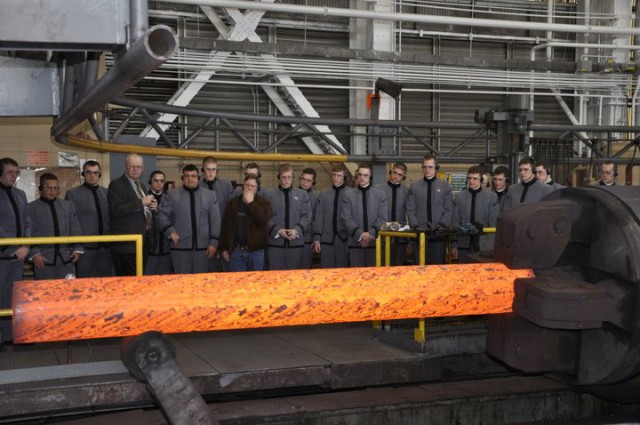
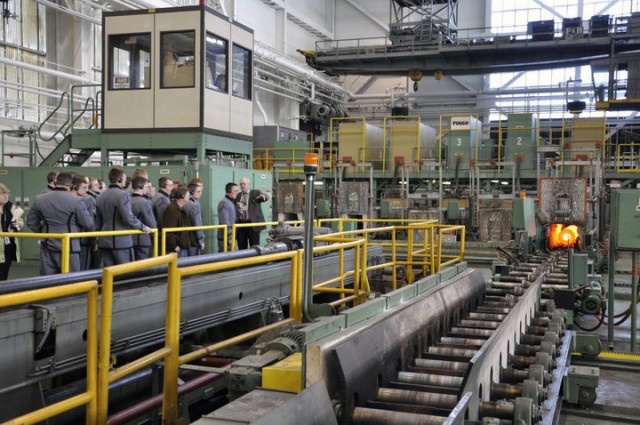
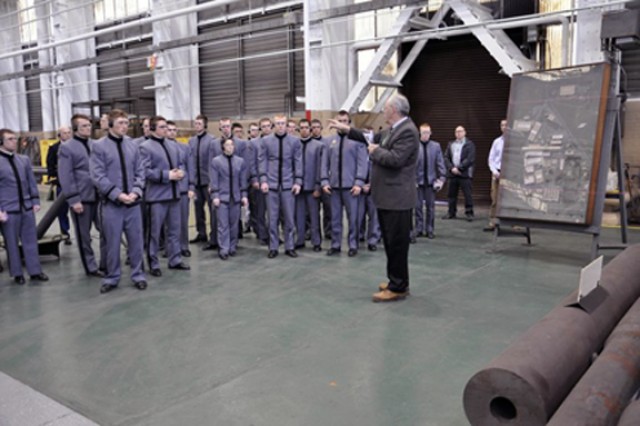
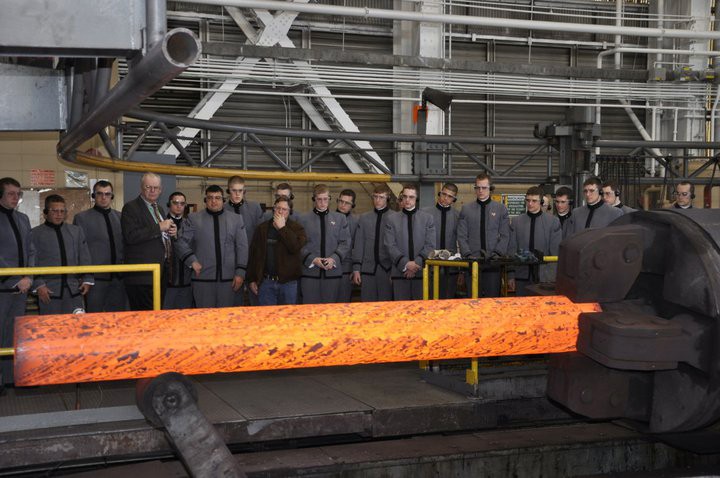
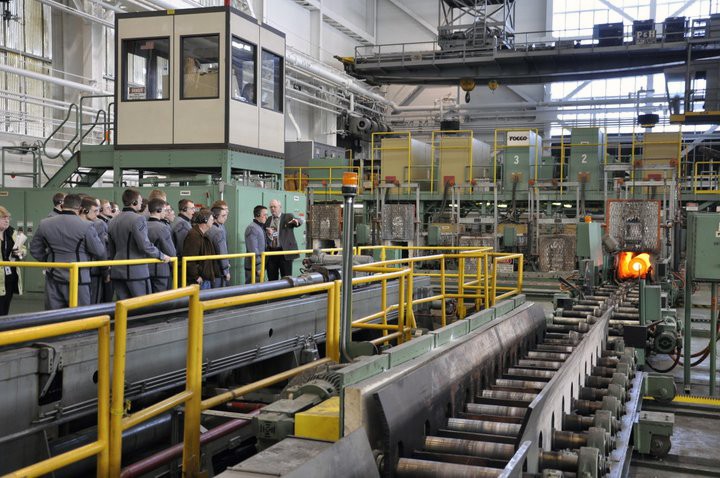
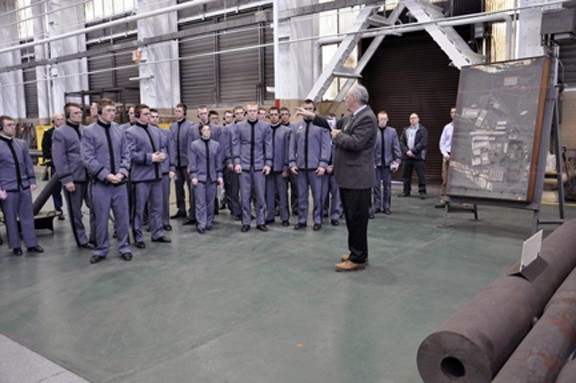
Social Sharing